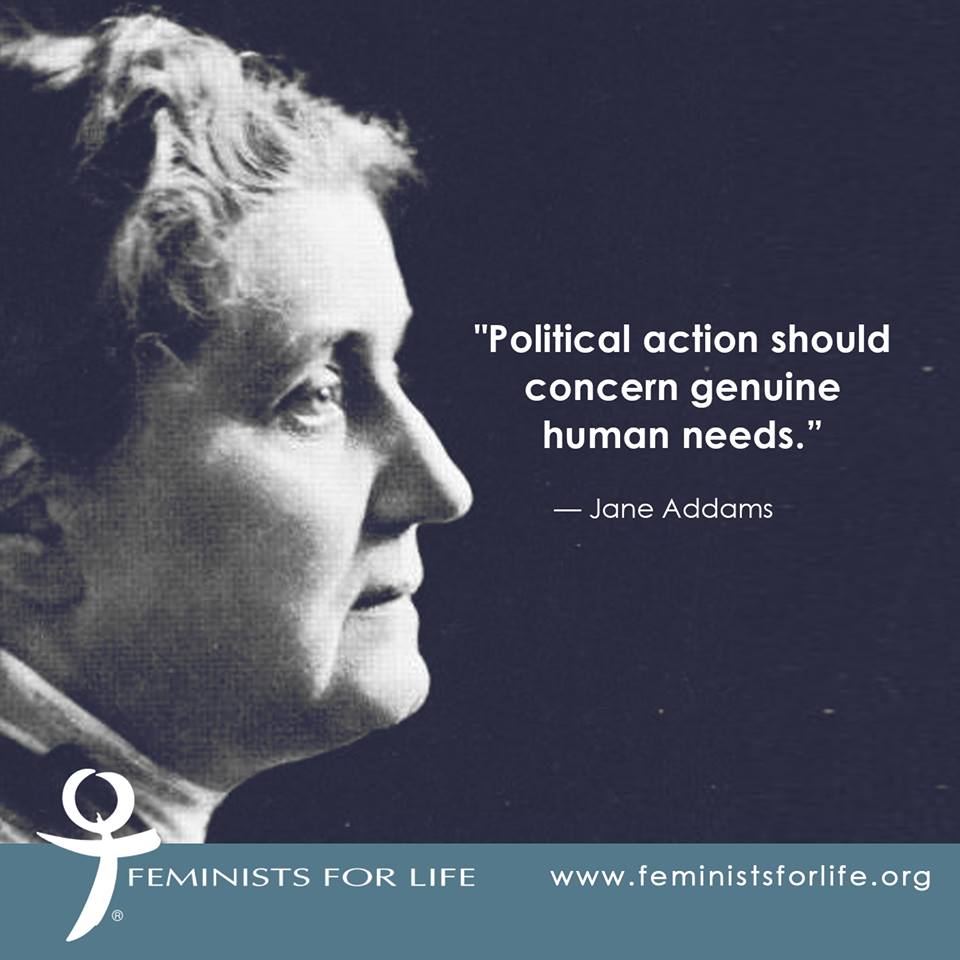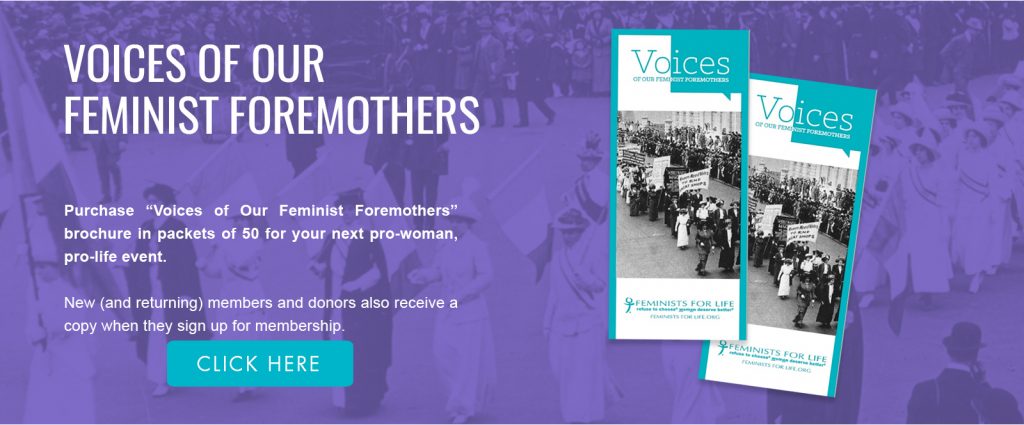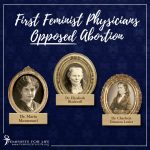
The nightmare again: everyone in the world was dead except herself, and upon her rested the responsibility of making a wagon wheel. She did not know how to do so, but she felt that the affairs of the world could not be resumed until at least one wheel was made, and it depended on her, an overwhelmed and incapable child…
Jane Addams recalled this dream recurring at the age of six. Convinced it would come true, she proceeded to the blacksmith’s shop in her hometown of Cedarville, Illinois, to store in her mind the details of the process she believed she would need in the future. As it turned out, she never did “smith” a wheel, but in 1889, at the age of 29, she began a 46-year role as the hub of a great community outreach venture called Hull House in the inner city of Chicago.
How was Jane Addams prepared for this lifelong commitment to Hull House? Her beloved father, a wealthy and politically active man, raised her with the virtues of tolerance and philanthropy and a strong work ethic. He fed her mind on heroes and visions of the heroic, sharing with her his letters from Abraham Lincoln, which began “My dear Double-D’ed Addams.” Jane came to aspire to Lincoln’s belief that people are the country’s greatest resource. Years later, in 1894, during a trying time when Chicago was filled with the federal troops that had been called in against the Pullman railway workers’ strike, a tired Jane Addams walked in Lincoln Park and took heart from his words “with charity towards all.”
Jane Addams’ father did not hide the despair of poverty from her, nor let her think her actions were without consequences. When Jane was eight years old, her new cloak was so much prettier than those of the others in her Sunday school class that her father advised her to wear the old one instead, which would keep her warm without making the other girls feel badly. She notes in Forty Years at Hull House that she did wear the old one, but “without the joy of self-sacrifice.” Yet it did make her think, even then, of the inequalities of human life.
Addams also credited Rockford Female Seminary, which focused on moral, cultural, and social responsibility and had a strong missionary tradition. The female students felt compelled to prove themselves in what was still a man’s world. Refusing pressure to join one of the established missions, Addams set her sights on becoming a doctor. Ill health prevented her from achieving that goal. Undaunted, she reasoned that there were other ways in which she could help the poor. While traveling in Europe, she was inspired to open a settlement house in America, but one that would not be religious nor appear as a gesture of “noblesse oblige.” Believing practical skills must be taught along with ideas and principles, she planned to structure it along the lines of a typical missionary school. She and her co-workers would live at the house, in the midst of poverty, to help the poor.
What conditions of poverty did she seek to address? In Chicago’s inner city, she saw extreme economic disparity; immigrants crowded into slums; unemployment; workdays of 12 or 14 hours; children as young as five unprotected by workforce legislation; disease, crime, and vice in the slums; strikes smashed by employers; unions broken up; critics of business or politics silenced; and agitators jailed. Addams wrote: “The Settlement, then, is an experimental effort to aid in the solution of the social and industrial problems which are engendered by the modern conditions of life in a great city.”
She started by solving immediate practical problems and then promoted legislation or created programs to serve more people in a better way. In 1889, Hull House opened with a kindergarten. The founders thought of it as a simple matter of neighborliness to the community. “It is natural to feed the hungry and care for the sick,” wrote Addams. “It is certainly natural to give pleasure to the young, and to comfort the aged.” Soon men, women, and children of all ages thronged to the old mansion, whose doors were never locked. Before long, 2,000 people each day found comfort or services within. Addams and her co-workers raised money from well-to-do families. The diversity of services was astounding: daycare facilities, elder care, art and music classes, an art gallery, a public kitchen, a gymnasium, citizenship preparation classes, public baths and swimming pool, a men’s club, a labor museum, a cooperative residence for working women, a drama group and the first Little Theater in America, a meeting place for trade union groups, a circulating library, and an employment bureau. By 1907, the settlement had grown into a 13-building complex that enveloped the original building.
During those years, Jane Addams worked on political causes, later recalling her efforts “to ameliorate untoward conditions and to abolish unfair restrictions because we believed that each human being had a right to develop to his utmost capacity.” Accomplishments included passing a factory inspection law; establishing a juvenile court (the first in the nation); and lobbying for workman’s compensation, prohibition, laws forbidding children under the age of 14 to work, compulsory education, and a woman’s right to vote. She also served as a labor arbitrator.
Among the Hull House reform projects were the Immigrants’ Protective League, the Juvenile Protective Association, and a Juvenile Psychopathic Clinic, later called the Institute for Juvenile Research. In 1911, six young men committed a brutal murder, and four were sentenced to hang. Learning of their upbringing in Chicago’s worst slum and of their parents who had said, “I don’t care what they do with them; it is nothing to me,” Addams wrote: “Who that has ever studied such sordid conditions, can believe that what the situation needs is more brutality?To present to a mind already preoccupied with brutal and violent images, the picture of an execution, is to brutalize it still further.” She had earlier defined a criminal as one who is “either apathetic or defiant to society’s notion of property, of commercial honor or of the sacredness of human life.” When the Federal Children’s Bureau was created in 1912 and a federal child labor law was enacted in 1916, Addams could see her efforts affecting children for the better nationwide.
Jane Addams believed that women could shape their own destinies. She worked for suffrage, becoming the first vice president of the National American Woman Suffrage Association in 1911. She believed that “political action should concern itself with genuine human needs. It makes possible the age-long effort of women to bring the world nearer to their heart’s desire—a better world for their children to live in.”
Throughout 46 years at Hull House, she made time to write 11 books. She wrote hundreds of articles on a vast array of subjects that were originally published in both scholarly journals and popular magazines to reach the widest audience.
Her close contact with the immigrant community around Hull House gave Addams a unique perspective on the larger world, causing her to object strongly to World War I. She organized the International Congress of Women, which met at The Hague in the Netherlands in 1915 with an agenda to avoid war. Though this effort failed, it sowed the seeds of an international peace movement. Addams worked for years to organize women in several countries, for which she received the Nobel Peace Prize in 1931. When she died of cancer four years later, thousands came to the funeral service in the courtyard of Hull House.
President Franklin Roosevelt once called Jane Addams “Chicago’s most useful citizen.” The hub of Hull House had committed her life to a holistic approach to problem-solving in the modern city, so that those she served might “grow in a sense of relationship and mutual interest.”
By Lisa Bellecci-St. Romain








